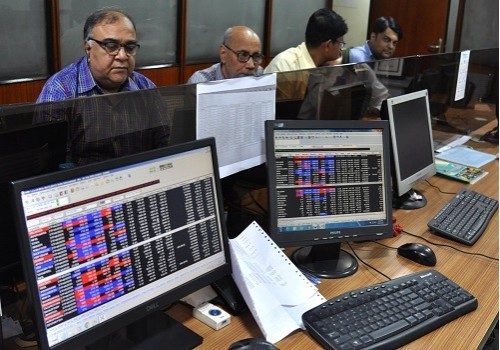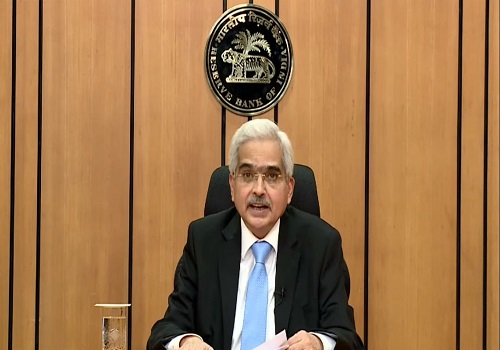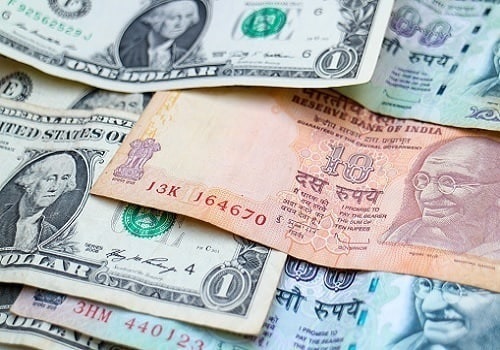India : Soaring High At 75 By Navneet Munot, HDFC Asset Management Company
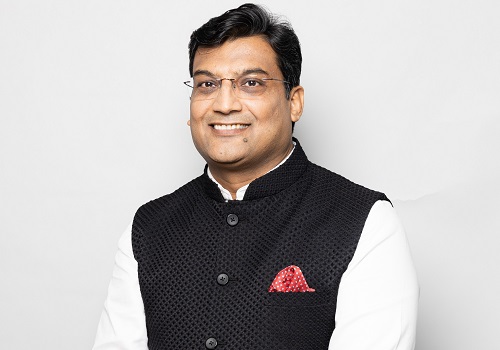
Follow us Now on Telegram ! Get daily 10 - 12 important updates on Business, Finance and Investment. Join our Telegram Channel
India turned 75 recently and against this backdrop, Mr. Navneet Munot, MD & CEO of HDFC AMC, looks back at the interesting journey of India’s capital market
India turned 75 on 15th August 2022 and gave us all a reason to rejoice. Interestingly, the origin of modern capital market in India does not date back to the post-independence era but instead to the 18th century, when securities of the East India Company were traded. India’s first stock market boom actually happened well before its independence and in fact, close to its first war of Independence (Mutiny of 1857). In 1860s, as the American civil war disrupted the supply of cotton (war and a disrupted supply chain sounds all too familiar, isn’t it?) from America to Britain, demand for Indian cotton surged. Bombay (now Mumbai) was key hub for cotton exports due to its proximity to cotton production in western India. Understandably, businessmen in the city, benefitted from this boom in cotton trade and
started to park their extravagant surpluses in - you guessed it right- the stock market and real estate. The resulting boom and subsequent bust were the first of their kind in Indian capital market history. Few years later, in 1875, an influential cotton merchant and broker Premchand Roychand, along with other brokers, founded the ‘The Native Share and Stock Brokers Association’ (now known as the Bombay Stock Exchange), making it the _rst stock exchange in Asia, and the rest, as they say, is history.
From a dozen odd brokers trading under a banyan tree to becoming the 5th most valued stock market in the world (interestingly, ahead of UK), Indian capital markets have come a long way.
While the history of Indian capital market is quite long, its proverbial ‘hour of reckoning’ happened in the 1990s, when the focus shifted to its development and regulation. Liberalisation and the goal of giving markets a greater role in capital allocation triggered a series of reforms in the Indian securities market. Introduction of electronic trading (1994), dematerialisation (1996), introduction of clearing corporation (1996), commencement of derivatives trading (2000) being few of them. However, the biggest of them was the emergence of a strong regulator in the form of SEBI (formed in 1988 but accorded statutory powers only in 1992). SEBI has played a critical role in protecting the interest of investors over the years. Speaking of the 1990s, it is worth noting that while India became free in 1947, it actually found its wings only in 1991 - with liberalisation of the economy unleashing the power of entrepreneurship in India.
While the 90s broadened horizon of India’s economy, 2014 ushered in a new era of financial inclusion. The Government initiated the Pradhan Mantri Jan Dhan Yojana in August 2014 on the guiding principle of banking the unbanked, securing the unsecured, funding the unfunded and serving unserved & underserved areas. The powerful trinity of Jan Dhan Yojana, Aadhar and Mobile number (JAM) has truly ushered in an era of financial inclusion in India.
Not only have more Indians started entering mainstream finance but over the past few years, Indians have also started investing more. Direct participation in equities has grown with total number of demat accounts increasing almost 3 fold from ~3.6 Crore in FY19 to ~10 Crore in August 2022; showing investors’ belief in India’s growth story. Mutual Funds added a staggering 3.17 Crore folios (investor accounts) in FY22 itself. In fact, the number of SIP folios were at an all-time high of 5.6 Crore in July 2022. SIP contribution has increased from Rs 43,921 Crore in FY17 to Rs 1,24,566 Crore in FY22. Over the years, with varied product offerings catering to different financial needs, Indian Mutual Funds have given investors a viable avenue to channelize their savings effectively. The ‘Mutual Funds Sahi Hai’ campaign run by AMFI, along with tireless efforts of distributors, has played a key role in making Mutual Funds a preferred choice of investment for investors.
Recently, Prime Minister Mr Narendra Modi acknowledged the growth of Mutual Fund AUM in last 8 years. However, he also emphasized the need to spread financial literacy, considering that there is a rising aspirational class in the country that is yet to invest for growth. In this context, our commitment to investor education remains as strong as ever. Last year, on the occasion of India’s Independence Day, HDFC Mutual Fund launched a mega Investor Education Campaign (IAP) viz. #BarniSeAzadi to drive home the message of financial inclusion and financial freedom. More recently, we launched a landmark initiative viz. ‘Investverse’ in collaboration with NSE Academy. It aims to empower next generation of investors with knowledge on the world of investing, delivered via our MFBytes app. We also launched our Investverse’ podcast on 30+ platforms. This podcast hopes to take its listeners on a journey into the world of investments and encourages them to start their own investment journey. The importance of financial planning and investing just cannot be emphasised enough. India’s life expectancy has increased from ~30 years in 1947 to ~70 years now. Increasing lifespan, rising aspirations, higher income levels necessitate increasingly higher investments. Thus, while large section of our population is yet to invest in growth-oriented investment avenues, even those who are already investing need to invest much more.
Increasing financialisation of savings bodes well for depth of capital markets too. Something we have seen in recent times as flows from domestic investors have counterbalanced significant outflows from Foreign Portfolio Investors (FPIs). That said, India has been a preferred destination for FPIs over the years, with net flows (Equity + Debt) being positive in 24 out of last 30 _scal years. It would be fair to expect this trend to continue in the future as structural economic tailwinds and diverse nature of businesses here could continue to attract foreign investors. Worth noting here that in spite of recent volatility, Indian equities have been far more resilient than its Emerging Market (EM) peers. On a CYTD basis (Upto 31-Aug-22), MSCI India Index (-4.4%) has outperformed MSCI EM Index (-19.4%) by 15%.
Goes without saying that Indian markets do face near term challenges in the form of high commodity prices, global slowdown, hardening global interest rates, escalation of geo-political tensions etc. However, it is equally true that in spite of short term impediments, India is expected to be one of the fastest growing economies in the world. India’s GDP can reach closer to $20 trillion by 2047 if it manages a sustained GDP growth rate of ~7.5% for the next 25 years. For starters, we have already leapfrogged UK to become the 5th largest economy in the world.
While global cues are likely to keep volatility at heightened levels, looking forward, with powerful forces of Democracy, Demographics, Demand and Digitisation on its side, India’s economy and its capital market are well poised to go from strength to strength. For economies and _nancial markets, the obsession with numbers is unmatched. Considering that the number system itself (set of symbols from 0 to 9) was India’s unique gift to the world, we can be hopeful that India’s economy keeps hitting the right numbers as it enters the Amrut Kaal (2022-2047).
To Read Complete Report & Disclaimer Click Here
Above views are of the author and not of the website kindly read disclaimer






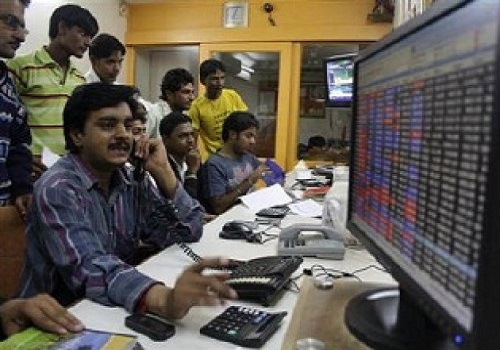

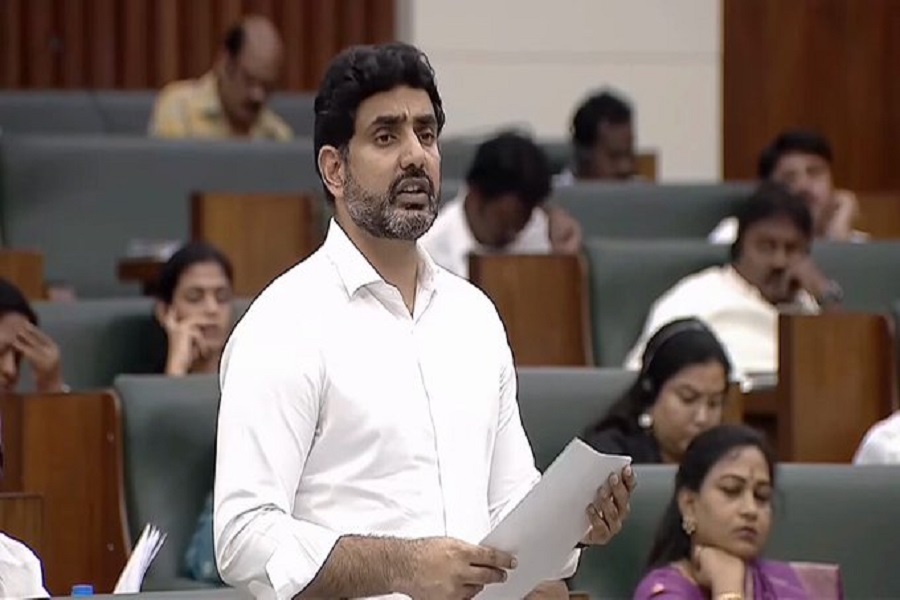

Tag News

We anticipate immense potential benefits from the upcoming Sovereign Gold Bond Tranche in FY...

